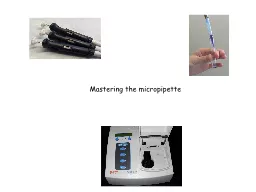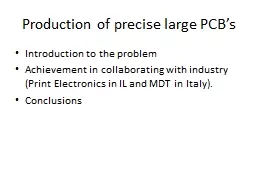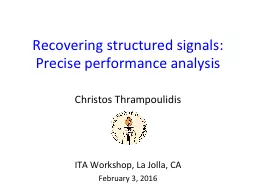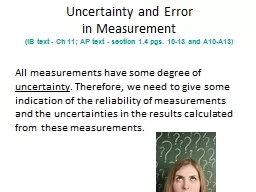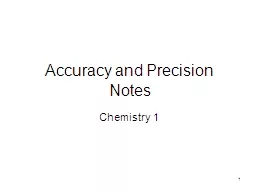PPT-Precise measurement of
Author : dunchpoi | Published Date : 2020-10-22
solar oscilation parameters using the stereocalorimetric system of JUNO Frédéric Perrot on behalf of the JUNO SPMT group IN2P3 CENBG Université de Bordeaux
Presentation Embed Code
Download Presentation
Download Presentation The PPT/PDF document "Precise measurement of" is the property of its rightful owner. Permission is granted to download and print the materials on this website for personal, non-commercial use only, and to display it on your personal computer provided you do not modify the materials and that you retain all copyright notices contained in the materials. By downloading content from our website, you accept the terms of this agreement.
Precise measurement of: Transcript
Download Rules Of Document
"Precise measurement of"The content belongs to its owner. You may download and print it for personal use, without modification, and keep all copyright notices. By downloading, you agree to these terms.
Related Documents



